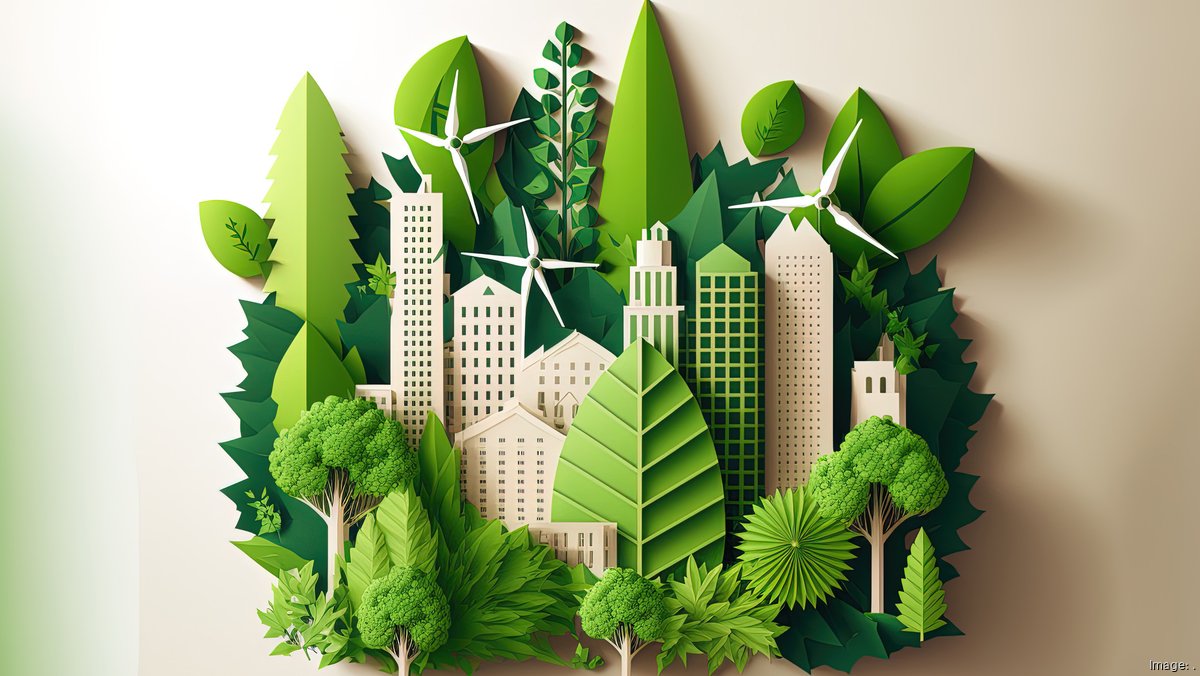State-of-the-art Sustainable Construction
Introduction
Sustainable construction has become increasingly important in recent years as we strive to reduce our impact on the environment. State-of-the-art technologies and practices are being utilized to create buildings that are energy-efficient, environmentally friendly, and socially responsible.
The Benefits of Sustainable Construction
Sustainable construction offers numerous benefits. Firstly, it helps to conserve natural resources by using renewable materials and reducing waste. Additionally, it promotes energy efficiency through smart design, insulation, and the use of renewable energy sources. Secondly, sustainable buildings promote a healthier indoor environment by using non-toxic materials and improving air quality. Lastly, sustainable construction contributes to the overall well-being of communities by incorporating green spaces and encouraging sustainable transportation options.
Innovations in Sustainable Construction
State-of-the-art sustainable construction incorporates various innovations. One such innovation is the use of green building materials, including recycled and locally sourced materials. These materials have a lower environmental impact and reduce the carbon footprint of the construction process. Another innovation is the integration of smart technology, such as automated lighting and heating systems, which optimize energy usage. Additionally, green roofs and vertical gardens are being implemented to improve insulation, reduce stormwater runoff, and enhance biodiversity in urban areas.
Challenges and Future Trends
Although sustainable construction has made significant progress, there are still challenges to overcome. The initial costs of implementing sustainable practices can be higher, but the long-term benefits outweigh this investment. Another challenge is the need for widespread adoption and education about sustainable construction practices. However, as the demand for sustainable buildings increases, the industry is expected to grow, leading to cost reductions and improved accessibility.
In the future, state-of-the-art sustainable construction is likely to focus on advancements in renewable energy integration, such as solar panels and geothermal systems. Additionally, the use of 3D printing technology is expected to revolutionize the construction process, allowing for more efficient and sustainable building practices.
Conclusion
State-of-the-art sustainable construction plays a vital role in mitigating the environmental impact of buildings. By utilizing innovative technologies and practices, we can create buildings that are energy-efficient, environmentally friendly, and socially responsible. As the industry continues to evolve, it is essential to prioritize sustainability in construction to ensure a greener and more sustainable future.
